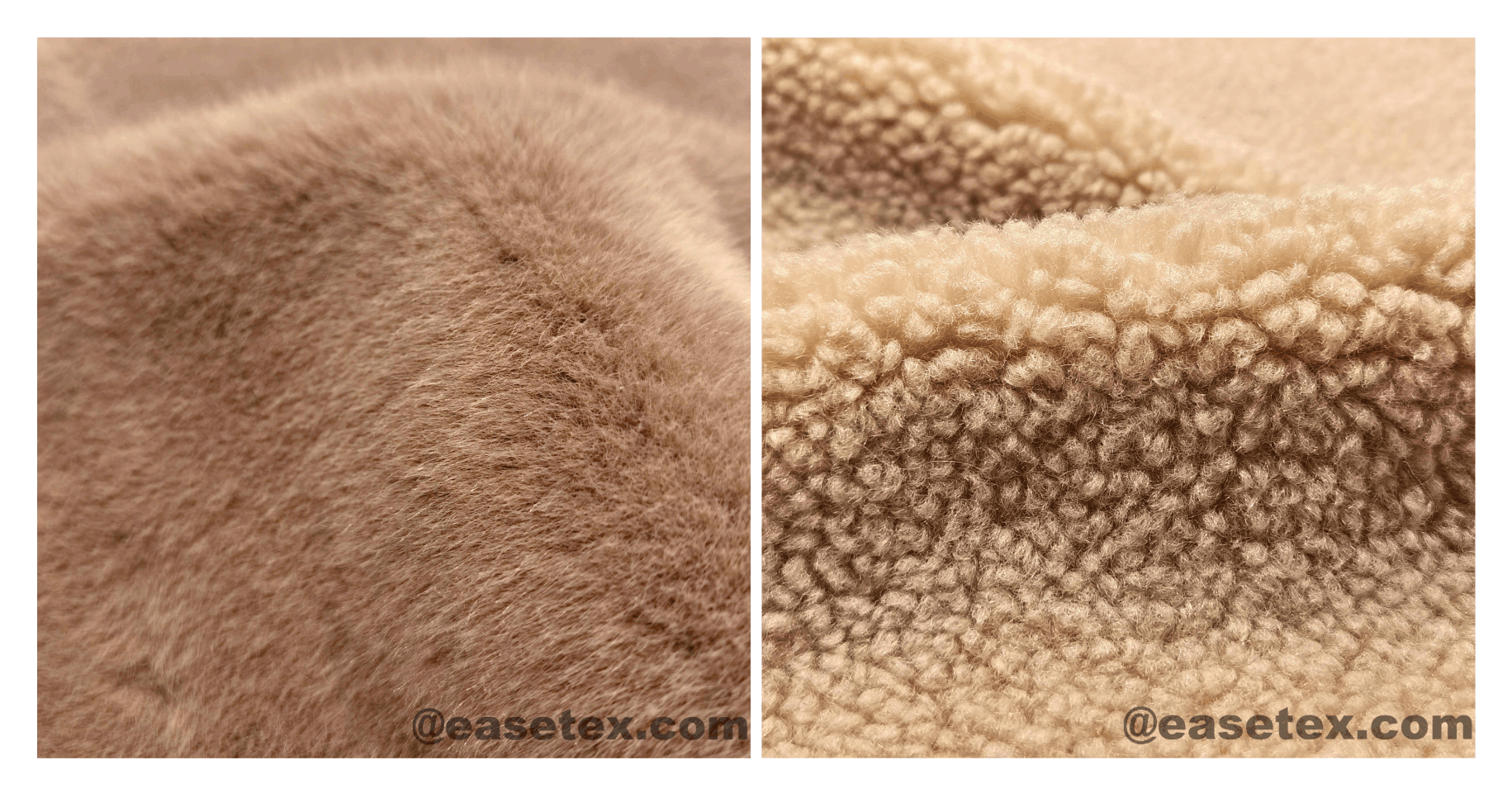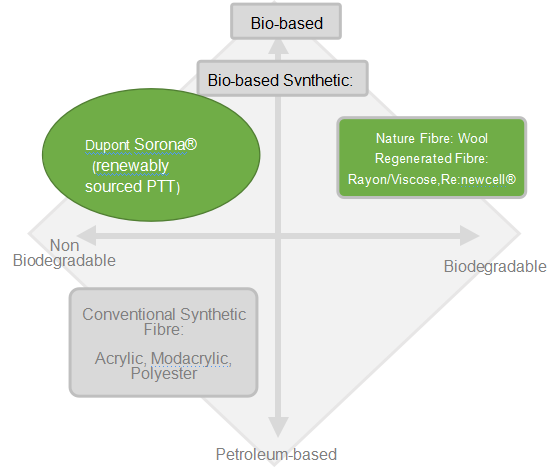Blog
How can companies source sustainable faux fur fabric?
What are sustainable textiles?
Sustainable textiles (also known as eco-textiles and eco-fashion) means that all materials and processes, such as inputs and outputs, are healthy and safe for humans and the environment. All the energy, material, and material process inputs come from renewable or recycled sources in all phases of the product life cycle. Sustainable fabrics are materials derived from eco-friendly resources which are natural & organic, recycled, biodegradable, or from bio-based fibers.
Three kinds of sustainable fibers:
Natural fiber
Organic cotton, organic linen, silk, wool, hemp, etc.
Recycled fiber
Recycled polyester, often called rPET. It is a great way to divert plastic from our landfills. The production of recycled polyester requires far fewer resources than new fibers and generates fewer CO2 emissions.
Recycled Nylon has the same benefits as recycled polyester.
Bio-based fiber (Renewable artificial fibers)
Most of the artificial fibers are made out of synthetic polymers, where the feedstock is petroleum-based. However, some are bio-based. Viscose, Lyocell, and Modal are typical and critical man-made fibers that are based on wood or other natural fiber as a renewable resource.
In this context of sustainability, a small but growing proportion of artificial fibers production is based on innovative raw material sources such as corn or vegetable oil. Typical examples are PLA fibers and bio-propanediol (PDO) out of corn, as a substitute for the oil-based PDO, for the polymerization of PTT polyester. The commercial name is Sorona. 37% of the polymer is made using annually renewable plant-based ingredients. Compared to Nylon 6 it uses 30% less energy and releases 63% fewer greenhouse gas emissions.

Figure 1: 100% Polyester faux rabbit fur (left), 100% Polyester faux teddy bear fur (right)
What is sustainable faux fur fabric?
The faux fur fabric is produced by wool, rayon (viscose), acrylic, modacrylic, polyester, and other polymers. (Please refer to the article "What is faux fur fabric?" for more details.) But, which one is sustainable?
Wool faux fur
As a natural fiber, wool fur is biodegradable and renewable. So, wool faux fur is sustainable.
Rayon (viscose) faux fur
Cellulose is the world's most crucial bio-based polymer by far. It is biodegradable as well. Therefore, rayon/viscose faux fur is sustainable.
Acrylic, modacrylic faux fur
Unfortunately, we still have not developed any sustainable technical of acrylic and modacrylic polymers. In this way, acrylic and modacrylic faux fur are not sustainable.

Figure 2: Polyester vs. Acrylic: Sustainable or not?
Polyester faux fur
Unlike acrylic and modacrylic, we have two sustainable solutions in polyester items.
The first is rPET. rPET stands for recycled polyester. It's a member of the polyester family and is made from both post-industrial and post-consumer waste. rPET fiber is strong and achieves almost the same quality as virgin polyester. Our mill has certificated by GRS - Global Recycle Standard.
The second solution is bio-based polyester. Sorona® is the DuPont brand name for renewably sourced PTT (polytrimethylene terephthalate). Sorona® for faux fur is made with 70% to 100% bio-based Sorona® polymer fibers.

Figure 3: fiber's property of Bio-based and Biodegradable
Conclusion:
Wool Faux fur fabric is a high-end item. Wool fiber, similar to real fur fibers, is an ideal substitute, and an extra degree of luxury can be introduced by using mercerized Merino wool yarns. Recycled wool is often used in woolen fabrics. As the product's character, we have not to find recycled wool faux fur in the market.
Viscose (rayon) faux fur has limits on variety. It usually is short hair items in woven. And the price is higher than both acrylic and polyester.
Acrylic and modacrylic: It's a pity that we can not have a sustainable choice.
Acrylic faux-fur still is the best substitution for some real luxury fur like mink, raccoon.
Polyester faux fur is much more worth concern about. First, we already have nice faux rabbit fur, faux teddy bear fur, etc., and their price is very
competitive. Second, they can be sustainable.
In 2019, Stella McCartney started using bio-based faux fur fabric as a sustainable material, put a "Fur-Free-Fur" hang tag on their garment.
New York-based brand HOUSE OF FLUFF introduces their most sustainable and earth-friendly, animal-free fur, "Biofur".
We believe that more and more fashion brands will plunge into this trend.
RELATED NEWS
- Green to Wear (GTW) by Inditex 2024-01-17
- What Is Faux Shearling? 2022-06-16
- How to Choose Faux Fur Fabrics for Mass Market Buyers 2022-05-20
- How to Choose the Right Faux Fur Apparel Supplier? 2022-05-20
- Why is Easetex Industries one of the best woollen fabric manufacturers for your 2022-04-07
Categories
Share
Contact Us
E-mail: info@easetex.com
Whatsapp:+86.13705175290
Add: 12th Floor Chunfeng Mansion,37 Huaqiao Road, Nanjing 210029,China